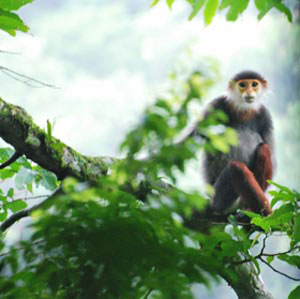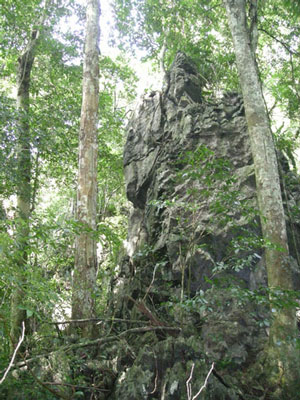Phong Nha Ke Bang has numerous grottoes and caves. Besides the grotto and cave systems, Phong Nha has the longest underground river, largest caverns and passageways.

Vietnamese and British scientists have so far surveyed a total of 20 caves with a total length of 70 km. Of these surveyed caves, 17 were in the Phong Nha area and three in the Ke Bang area.
The Phong Nha cave from which the name to the whole system and the park is derived is famous for their rock formations which have been given names such as the “Lion”, the “Fairy Caves”, the “Royal Court”, and the “Buddha”.

Phong Nha – Ke Bang also contains two dozens of mountain peaks with over 1,000 metres height. Noteworthy peaks are the Peak Co Rilata with ta height of 1,128 m and the Peak Co Preu with a height of 1,213 m.
The park is part of the Annamites eco-region. According to the results of initial surveys, the primary tropical forest in Phong Nha – Ke Bang 140 families, 427 genera, and 751 species of vascular plants, of which 36 species are endangered and listed in the Vietnam Red Book. The forest is also home to 98 families, 256 genera and 381 species of vertebrates. Sixty-six animal species are listed in the Vietnam Red Book and 23 other species in the World Red Book.
In 2005, a new species of gecko was discovered here by a group of Vietnamese biologists together with biologists working for the park, Cologne Zoo in Germany and the Saint Petersburg Wild Zoology Institute in Russia.
 Besides the grotto and cave systems, Phong Nha has the longest underground river. The Son and Chay are the main rivers in this national park. Most of caves here have been shaped by Son and Chay Rivers. The Son River flows into the mouth of the Phong Nha cave and keeps on underground, where it is called as the Nam Aki River. It emerges 20 km to the south near Pu-Pha-Dam Mountain.
Besides the grotto and cave systems, Phong Nha has the longest underground river. The Son and Chay are the main rivers in this national park. Most of caves here have been shaped by Son and Chay Rivers. The Son River flows into the mouth of the Phong Nha cave and keeps on underground, where it is called as the Nam Aki River. It emerges 20 km to the south near Pu-Pha-Dam Mountain.
There are over ten spectacular streams, springs and waterfalls in Phong Nha-Ke Bang area, namely: Gió waterfall, Madame Loan waterfall, M?c stream erupting from a limestone mount range, and Tràng An stream.
Incoming search terms:
- phong nha ke bang
- caves phong nha ke bang
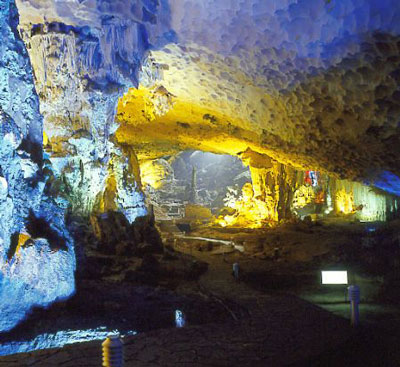

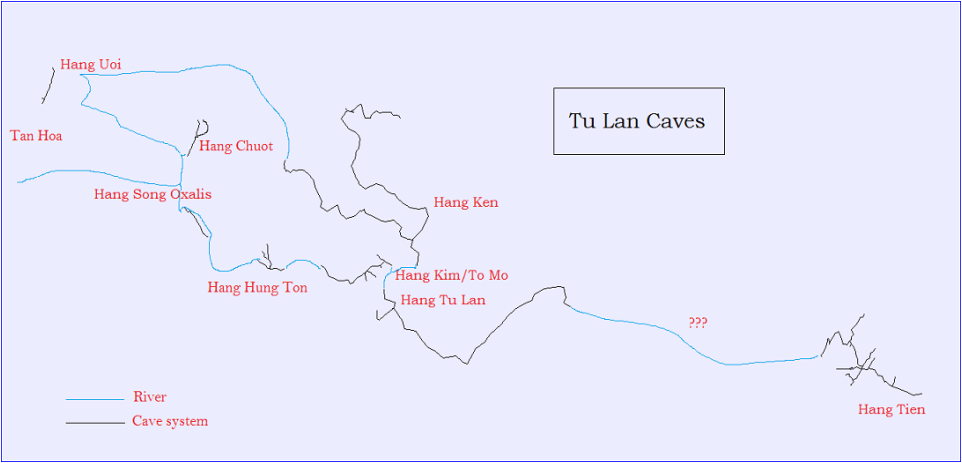
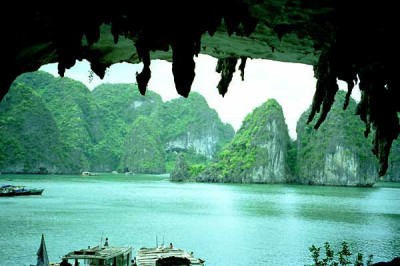
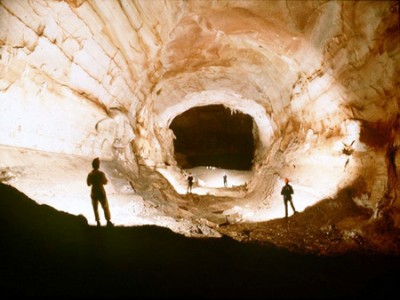
 Tien Son Grotto is more than 980m long. Going into the cave for about 400m, visitors will see an abyss, about 10m deep. Then comes another part of the cave, about 500m long is rather dangerous for walking. At present, nearly 400m of the cave have been installed with lighting system to make it safe for visitors.
Tien Son Grotto is more than 980m long. Going into the cave for about 400m, visitors will see an abyss, about 10m deep. Then comes another part of the cave, about 500m long is rather dangerous for walking. At present, nearly 400m of the cave have been installed with lighting system to make it safe for visitors.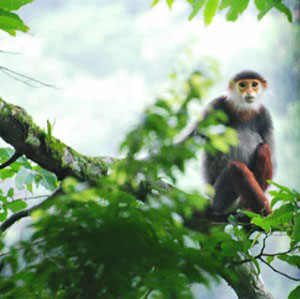 Preliminary faunal surveys have documented a total of 735 vertebrate species,including 127 threatened species,91 of them listed in the Vietnam Red Data Book 18 species listed in the IUCN Red List of Threatened Species. In particular among of the total of 41 animal endemic species 30 species are endemic to Vietnam and 40 species are endemic to Annamite Mountain Range (Vietnam and Laos).
Preliminary faunal surveys have documented a total of 735 vertebrate species,including 127 threatened species,91 of them listed in the Vietnam Red Data Book 18 species listed in the IUCN Red List of Threatened Species. In particular among of the total of 41 animal endemic species 30 species are endemic to Vietnam and 40 species are endemic to Annamite Mountain Range (Vietnam and Laos).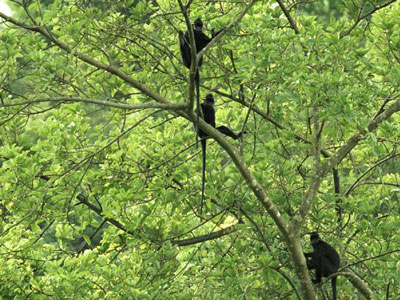
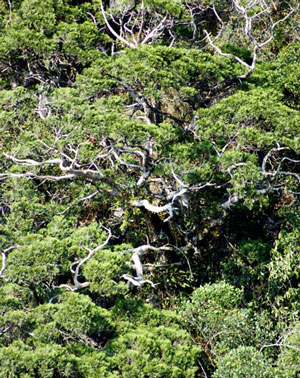
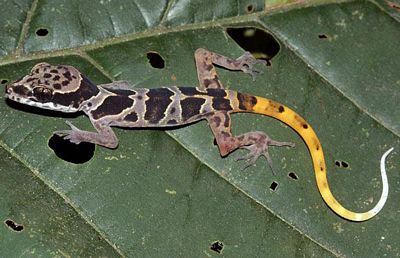
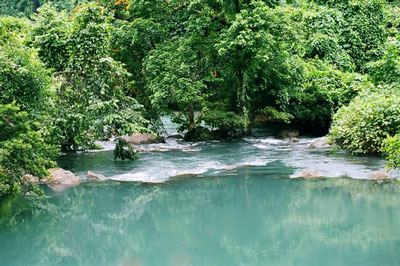
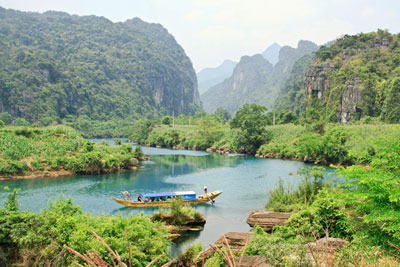
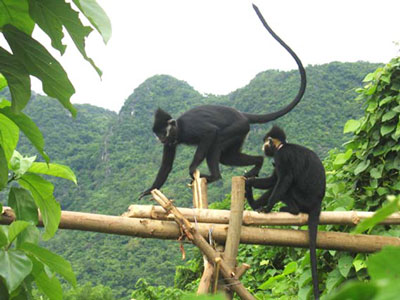 The limestone forest ecosystem at Phong Nha-Ke Bang supports a high diversity of plant and animal species. Of perhaps the greatest conservation significance are several species found at the site that are endemic to this part of central Vietnam and Laos. These include Sooty Babbler Stachyris herbeti, a globally near-threatened species that went unrecorded between its discovery in Laos in the 1920s and its rediscovery at the site in 1994. Phong Nha-Ke Bang also supports populations of two endemic primates, Annamese Leaf Monkey Trachypithecus hatinhensis, and an all-black form referred to as Black Leaf Monkey T. ebenus.
The limestone forest ecosystem at Phong Nha-Ke Bang supports a high diversity of plant and animal species. Of perhaps the greatest conservation significance are several species found at the site that are endemic to this part of central Vietnam and Laos. These include Sooty Babbler Stachyris herbeti, a globally near-threatened species that went unrecorded between its discovery in Laos in the 1920s and its rediscovery at the site in 1994. Phong Nha-Ke Bang also supports populations of two endemic primates, Annamese Leaf Monkey Trachypithecus hatinhensis, and an all-black form referred to as Black Leaf Monkey T. ebenus.